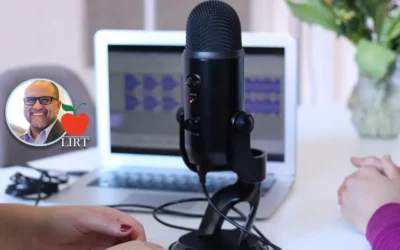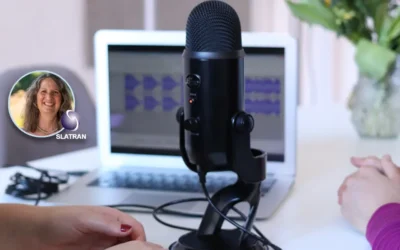Sticky Marketing: Open, Closed, and Making the Lightbulb Go On
Sarah Nichols
In a recent article sent to me via Jakob Nielsen’s Alertbox, author Susan Farrell explores the use of open-ended vs. closed-ended questions in user surveys. The focus of the piece is website development, but the concept is relevant to information professionals with regard to both reference interviewing and successful implementation of knowledge management programs.
It actually is personal
An important aspect of Sticky Marketing is making a personal connection. When they approach you for help, your end users need to feel comfortable and confident. Comfortable with exposing any lack of knowledge, and comfortable having a discussion rather than a transaction. Confident that you understand the problems they are trying to solve and the deliverables they are called upon to produce, and confident that you’ll partner with them to get there. If you’ve maintained an ongoing personal connection, comfort and confidence are a natural outcome.
In order to perpetuate that positive working relationship, when you conduct a reference interview, you’ll need to ask a mix of open and closed questions. Per author Susan Farrell, “Open-ended questions prompt people to answer with sentences, lists, and stories. Closed-ended questions limit possible answers.”
Switch it on
“Sentences, lists and stories” are likeliest to get you to the “ah ha!” moment, or what I have always thought of as the moment when the lightbulb goes on. In a reference interview context, that’s when your requester says “oh, I see!” once you’ve opened up the scope of the research, or suggested an angle on solving the problem, offered the best resource, or exposed an issue with their logic. For you, it’s when you can say “oh, I understand!” once the problem, solution and optimal deliverable become clear to you.
Personal connection and mutual understanding (followed up with a workable project timeline) make your end users feel comfortable and confident after a reference interview. They also can make your users feel more comfortable and confident adopting a new knowledge management platform.
Eureka!
An implicit goal of any knowledge management strategy is to make the lightbulb go on for people each time they engage in finding the content, people and data that they need. If you are tasked with providing a venue for this discovery process, such as your OPAC, or tools such as a Firm Experts Database or a Competitive Intelligence Dashboard, make sure that you interview a representative selection of end users prior to design and implementation, and find out what they really want—by asking them open ended questions that will make the lightbulb go on for you during vendor selection, implementation, customization and rollout.
Per author Farrell, “The most important benefit of open-ended questions is that they allow you to find more than you anticipate: people may share motivations that you didn’t expect and mention behaviors and concerns that you knew nothing about. When you ask people to explain things to you, they often reveal surprising mental models, problem-solving strategies, hopes, fears, and much more.”
That sounds like a true discovery process to me; one that will help cement the personal connection that results in higher traffic to your department as well as organizational advocacy—all while you design the perfect match for your company’s KM needs. If you build your KM strategy, end user tools and products to truly reflect your users’ input, they’re much more likely to adopt your platform—because the lightbulb will definitely go on, time after time.
By the way, Ms. Farrell’s article is a great resource when you are structuring an internal customer satisfaction survey in order to assess how your library or KM department is doing!
Sarah Nichols
Similar Posts
Interview with Susannah Barnes about the SLA Data Community
Susannah Barnes is the Co-Lead of the Data Community for the Special Libraries Association. If you work with data in any capacity, this interview will be of interest to you.
Interview with Victor Baeza about ALA’s Library Instruction Round Table
Interview with Victor Baeza, President of LIRT, about how it benefits from and supports special librarians whose roles involve teaching or training.
Interview with Eugene Giudice, SLA Treasurer
Interview with SLA’s Treasurer about the future of the special library profession and how the Special Libraries Association can benefit librarians
Interview with Cara Marcus on Transportation Librarianship and SLA
Interview with Cara Marcus, the president of the Special Libraries Association (SLA) transportation community about transportation libraries and SLA
Hosting service
Enjoy all of the benefits of your Lucidea solution with secure, reliable, stress free hosting
Programs & incentives
No matter your size or budget, we’ve got you covered, today and tomorrow



